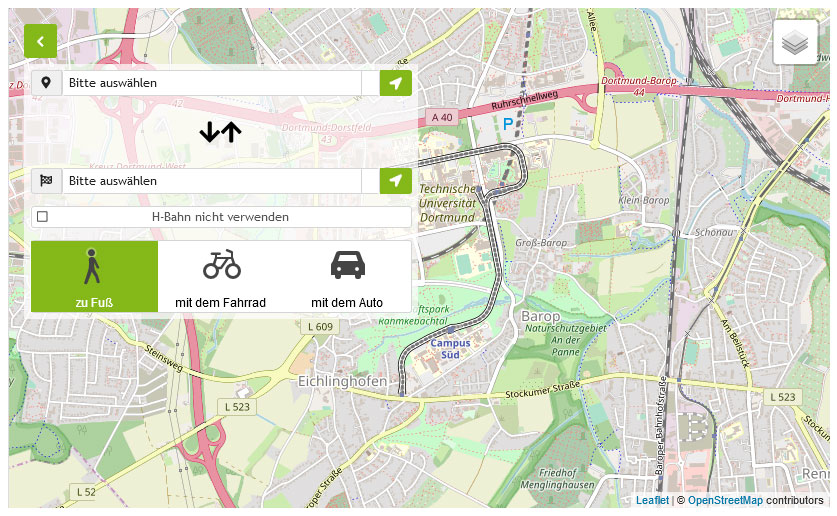Six Sigma Method Summer 2025
Content
Using the Six Sigma method, companies attempt to improve the quality of process outputs by identifying and removing the causes of defects and minimizing process variation. Statistical and analytical methods are used for project improvement. This distinguishes Six Sigma from other process improvement methods.
This includes the use of what is known as the DMAIC method, which essentially consists of five phases: project definition, measurement of key process variables, analysis of associated data,improvement based on statistical design of experiments, and control of the future process.
While many events focus on individual project phases, this one emphasizes a holistic view of the project.
Time and place
The lecture and the tutorial take place every 2 weeks in alternation. The lecture and tutorial are in German.
Lecture: 10 April, 24 April, 15 May, 5 June, 26 June, 3 July
Exercise: 17 April, 8 May, 22 May, 12 June, 10 July
Organization
For the course you should be enrolled in the associated Moodle room, where there are also various lecture materials and the like. The password is SixSigmaPS****, where **** is the current year. The Moodle room can be found here at the start of the semester.
Green Belt
Building on the lecture, Master students can acquire the Six Sigma Green Belt certification in an additional course in the winter semester. For this purpose, the students will independently carry out a Six Sigma project in a company.
The project will be supervised by our cooperation partner Prof. Dr. Dietmar Stemann (Six Sigma Master Black Belt and Managing Partner of mts Consulting Partner). Prerequisites for participation are very good examination results.
Courses of studies
The event is aimed at, among others, the study programs Mechanical Engineering (Master), Industrial Engineering (Master) and Chemical Engineering (Master).
Recently, the course can be recognized together with another suitable 2+1 lecture as "Quantitative Methods" for students in the Bachelor of Statistics.


